Awareness of German opposition to Hitler is usually limited to Colonel Claus von Stauffenberg’s attempt to blow up the wretched man on 20 July 1944. Hitler was at a briefing in his Wolf’s Lair, a secret forested redoubt, when Stauffenberg entered the room with his briefcase bomb (containing British plastic explosive), placing it beneath the table where Hitler was due to sit. Stauffenberg withdrew, pleading an urgent call, but the unsuspecting subordinate who took his place moved the briefcase further under the table and away from Hitler.
Standing and smoking by his car, Stauffenberg — a one-armed, eye-patched veteran of the North African and Russian campaigns — watched as the wooden briefing hut erupted with a flash and roar. Minutes later, a body was stretchered out beneath Hitler’s cloak. Believing Hitler to be dead, Stauffenberg threw his cigarette into the grass and rushed for the airfield, signalling to his many fellow plotters throughout Germany and Europe that the coup they had prepared could now be launched.
Four men were indeed killed in the blast and others seriously injured, but Hitler less so. He was partially paralysed by shock, his right arm dislocated, his right leg burned, one eardrum perforated, his trousers shredded and his buttocks, in his own words, bruised ‘as blue as a baboon’s behind’. His secretary, one of the first on the scene, later wrote:
I almost laughed at the sight of Hitler. His hair was never particularly well cut but now it was standing on end so that he looked like a hedgehog. His black trousers were hanging in strips from his belt, almost like a raffia skirt…
Stauffenberg’s error was soon corrected but too late; the trail of telephone calls and signals was swiftly followed up by the Gestapo. In Paris the German high command arrested 1,200 SS and Gestapo personnel who were holding a celebratory party until silenced by Hitler’s next broadcast. In the purge that followed, about 5,000 were executed, many slowly strangled with piano wire on Hitler’s orders. Stauffenberg was luckier, summarily shot by his military boss who had been passively acquiescent in the plot and didn’t want that to come out. Some who were only peripherally involved, such as Rommel, were permitted suicide.
But, as this thoroughly researched account shows, Stauffenberg’s had been only one in a series of plots to overthrow Hitler, dating from before the war. From his seizing power in 1933 he was opposed by many Germans, particularly the churches, the communists, the social democrats and the unions. Many senior officers of the armed forces saw him as a necessary evil — necessary to restore Germany’s strength and self-respect but wrong to embark upon the war he envisaged, which they thought would be catastrophic. These were mostly officers of a military caste for whom disloyalty to the regiment or the state was all but unthinkable. Despite their distaste for Nazi methods they went along with them, albeit with increasing unease. The tipping point was Hitler’s 1938 stitch-up of Colonel General Fritsch, the head of the army, who was forced to resign
following a manufactured encounter with a male prostitute.
Prominent among the July 1944 conspirators was Admiral Canaris, whom Hitler had appointed head of the Abwehr, the German secret service. From early on Canaris recruited Jewish officers and posted them abroad to keep them out of harm’s way. But following the Fritsch affair, says Ashdown, ‘the formidable energy and cunning of this part Hamlet, part moral mystic, part German patriot, part conspirator… would be directed towards undermining and frustrating his master’.
Aided by Sylvie Young, his collaborator — to whom he pays generous tribute — Ashdown charts the twists and turns of this group of officers and officials as they plot, fail, plot again and fail again to kill the man they follow. Hitler led a charmed life, unconsciously saved by changes of venue, flights or timings. On two occasions volunteer German suicide bombers set out to embrace him. Although the coup that was to follow his death was meticulously planned, it is hard not to suspect that this pattern of failure was at least in part because senior officers found it difficult to rebel against the culture that bred them. They could surely have killed him if they had tried more often. Perhaps German conservatives really were, in Hugh Dalton’s words, ‘a race of carnivorous sheep’.
Another inhibition was their desire to make peace with the western Allies, not realising that Allied unity depended upon unconditional surrender being the only kind on offer. Nor did they appreciate that they had poisoned this particular well in the 1939 Venlo incident, when two MI6 officers were lured to the Dutch border by the promise of contact with disaffected German generals, and were then kidnapped. Thereafter, German peace feelers were never taken up.
Ashdown has done a good job in bringing the manifold strands of this tangled story together in a thoughtful and readable way, without too much speculation (though it is a virtual certainty that Canaris and the head of MI6 never met, and Ashdown posits that they might have). He is good, too, on the wider political and military context of which his story is a small part. None of it is wholly new, as he points out, but the focus is, and that makes it a worthy addition to the history of that great 20th-century convulsion.
Got something to add? Join the discussion and comment below.
Get 10 issues for just $10
Subscribe to The Spectator Australia today for the next 10 magazine issues, plus full online access, for just $10.
You might disagree with half of it, but you’ll enjoy reading all of it. Try your first month for free, then just $2 a week for the remainder of your first year.

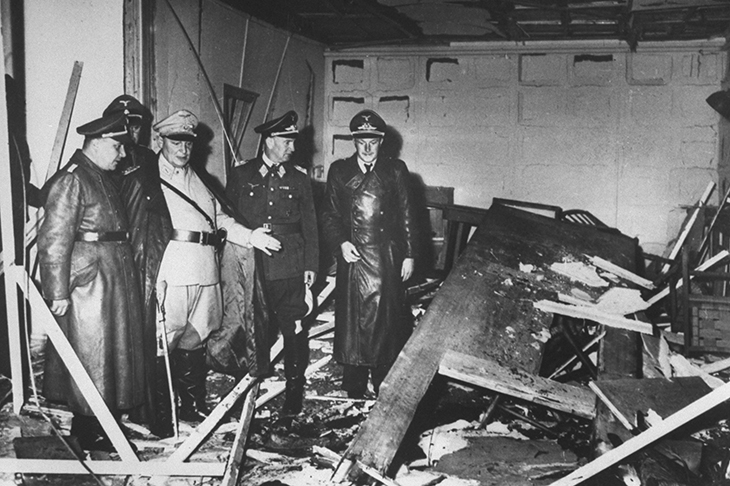
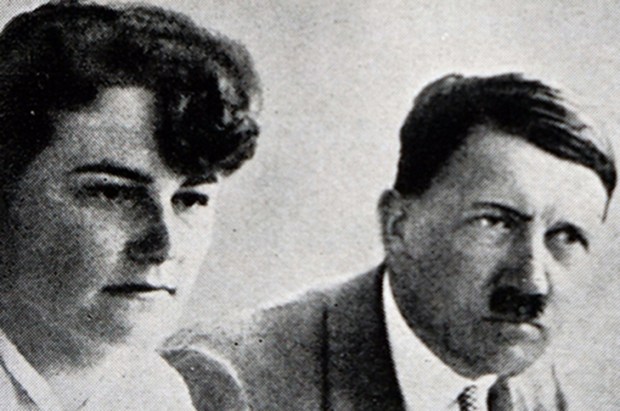
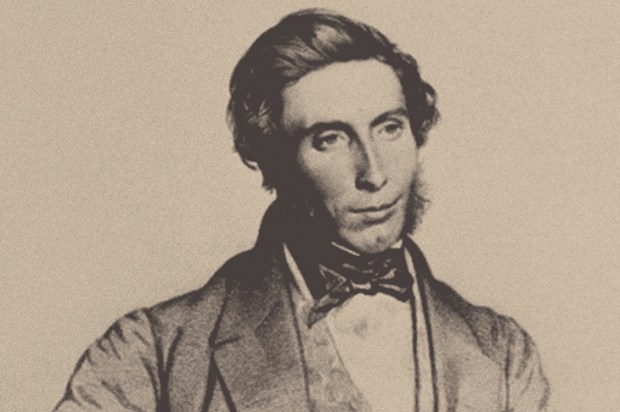

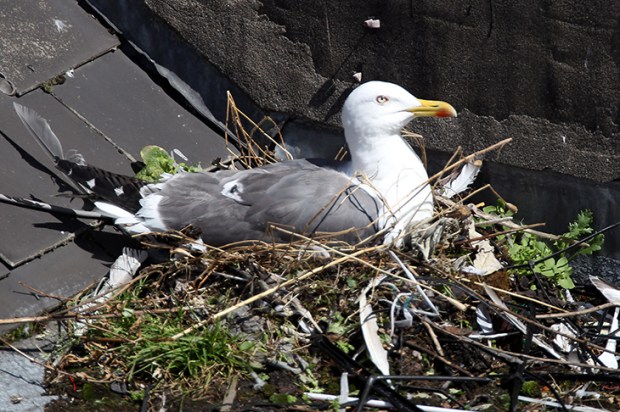
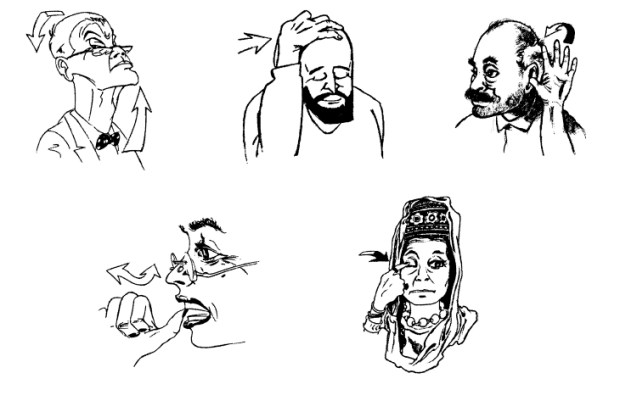







Comments
Don't miss out
Join the conversation with other Spectator Australia readers. Subscribe to leave a comment.
SUBSCRIBEAlready a subscriber? Log in